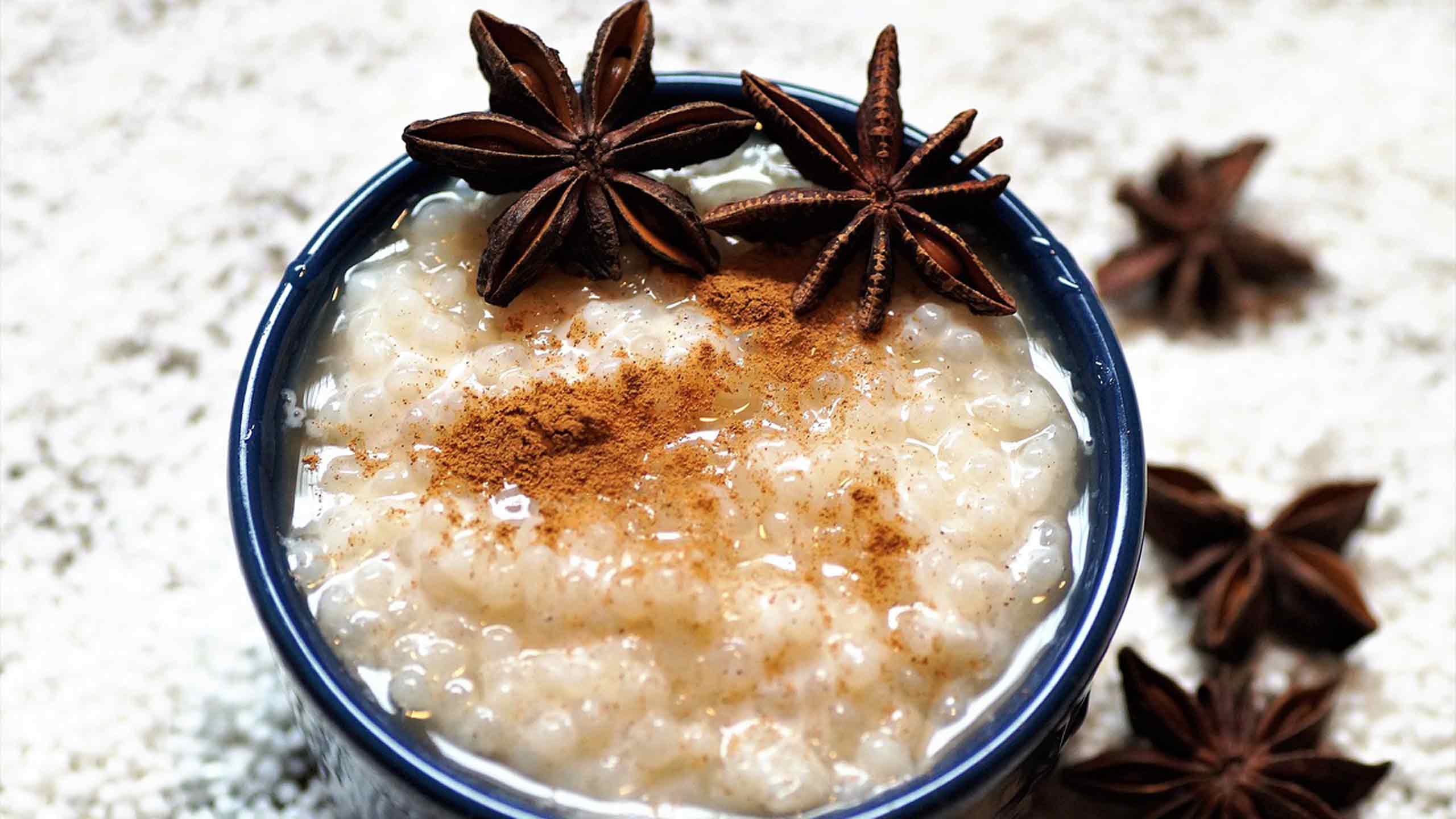
All-purpose flour contains gluten and is inappropriate for use in gluten-free recipes. ARI SHAPIRO, HOST: First, it was toilet paper, then. Summary All-purpose flour may be used as a replacement for tapioca flour in an even ratio, but it may slightly change the color, appearance, and cooking time of your recipe. Without enough workers to unload shipping containers, the pandemic has caused another shortage of products: boba pearls used to make bubble tea. Reduce heat to low and cook for 5 more minutes while continuing. It is made by crushing raw tapioca roots in a tank and the juice obtained is stored till it turns. A dwindling number of brewers still make this tapioca alcohol. Tapioca is a starch extracted from the cassava plant. Quick-cooking or instant tapioca, with a more granular texture, can be whisked into soups, gravies, jams and jellies, pie fillings, and other creamy concoctions to act as a thickener. Bring the mixture to a boil over medium heat, stirring constantly. Kanji is a Holi drink traditionally made at home. Tapioca pearls must be soaked for up to 12 hours and then cooked in boiling liquid to form a gel. Therefore, it’s an unsuitable replacement for tapioca if you’re trying to keep your recipe gluten-free. Combine the milk, tapioca, sugar, and salt in a medium saucepan. Keep in mind that all-purpose flour is made from wheat and contains gluten.

Tapioca flour is flavorless and mixes quickly, but all-purpose flour needs to cook a little longer to get rid of the powder-like texture it has when it’s raw. You probably need to adjust your cooking time, too. The same dishes thickened with all-purpose flour will take on more of a matte finish and duller color. Tapioca flour creates a bright, glossy finish when used as a thickener for gravies, soups, and sauces.


All-purpose flour can replace tapioca flour in a 1:1 ratio in most recipes, though the texture may differ depending on what you’re using it for.


 0 kommentar(er)
0 kommentar(er)
